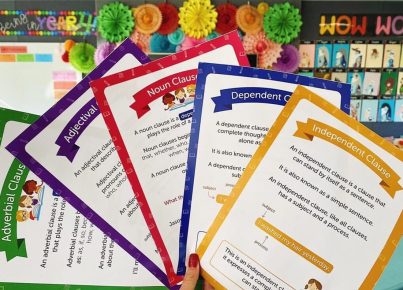Introduction
Proofreading plays a vital role in ensuring written material is accurate, clear, and free from errors. It’s a skill that can be honed with targeted activities designed to help improve attention to detail and refine grammatical abilities. Here are 19 activity ideas to help you master the art of precise proofreading.
1. Perform a reverse-read: Reading content backwards helps identify spelling errors, as it forces you to focus on individual words rather than the overall flow of the sentence.
2. Proofread with a purpose: Before starting, set specific goals such as focusing on identifying spelling mistakes, grammar errors, or punctuation inconsistencies.
3. Master homophones: Practice distinguishing between commonly confused words (e.g., their/there/they’re) by creating flashcards and testing yourself regularly.
4. Use checklists: Create checklists based on common errors and use them during your proofreading sessions to ensure thoroughness.
5. Edit by hand: Print out a hard copy of your writing and edit with a pen or pencil. This helps you look at the text from a different perspective and may make spotting errors easier.
6. Utilize technological tools: Use software like Grammarly or Hemingway to enhance your proofreading abilities and identify potential mistakes.
7. Develop peer review skills: Swap writing pieces with a friend or colleague for proofreading to gain insight into each other’s strengths and weaknesses.
8. Edit under time constraints: Set time limits for yourself when editing various lengths of text – this can help improve focus and efficiency.
9. Incorporate breaks: Take short breaks when proofreading lengthy documents to recharge your mental energy and maintain focus on details.
10. Use reading aloud techniques: Read sentences aloud, as it helps catch awkward phrasing, repetitions, misplaced words, or punctuation errors.
11. Develop style guide familiarity: Learn the most common style guides (e.g., APA, MLA), as it will make proofreading for adherence to writing standards more accessible.
12. Practice font alterations: Temporarily changing the font or size of the text can make it easier to spot errors by presenting the material in a new light.
13. Utilize colored pens: While editing by hand, use different colored pens to distinguish between types of edits (e.g., red for spelling, green for grammar).
14. Read slowly: Reading slowly forces you to consider each word carefully and reduces the chances of missing errors.
15. Perform multiple proofreading rounds: Edit your work several times, focusing on different aspects during each round (spelling, grammar, punctuation, sentence structure).
16. Use good-quality surrounding equipment: Ensure that your display screen is clean and free from glare while using comfortable seating arrangements during proofreading sessions.
17. Understand human limitations: Recognizing that people generally find detecting their own errors challenging is a motivation to be more diligent when proofreading.
18. Refresh your grammar knowledge: Keep yourself updated with grammar rules by revisiting them often via articles or online resources.
19. Learn from your mistakes: After receiving feedback about errors in your writing, make an effort to avoid repeating them in future work.
Conclusion
Improving your proofreading skills requires dedication and practice. Incorporating these 19 activity ideas into your routine can lead to more precise editing and enhance the quality of your written work. Happy proofreading!





